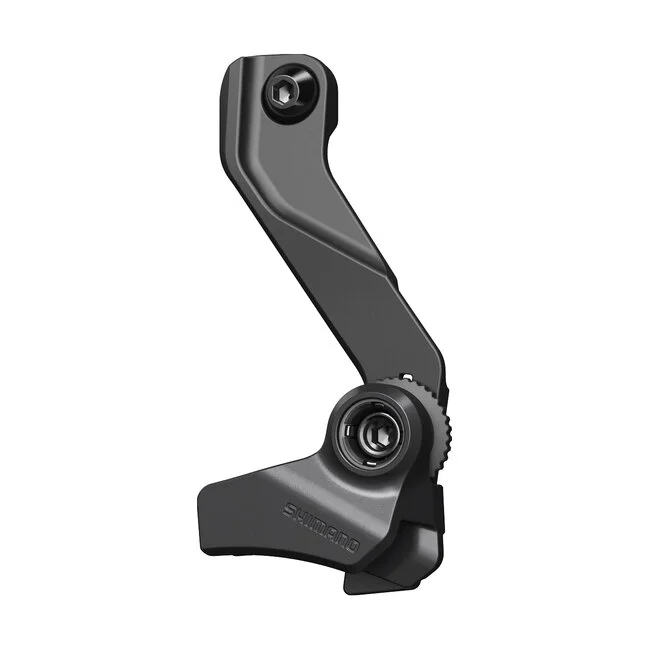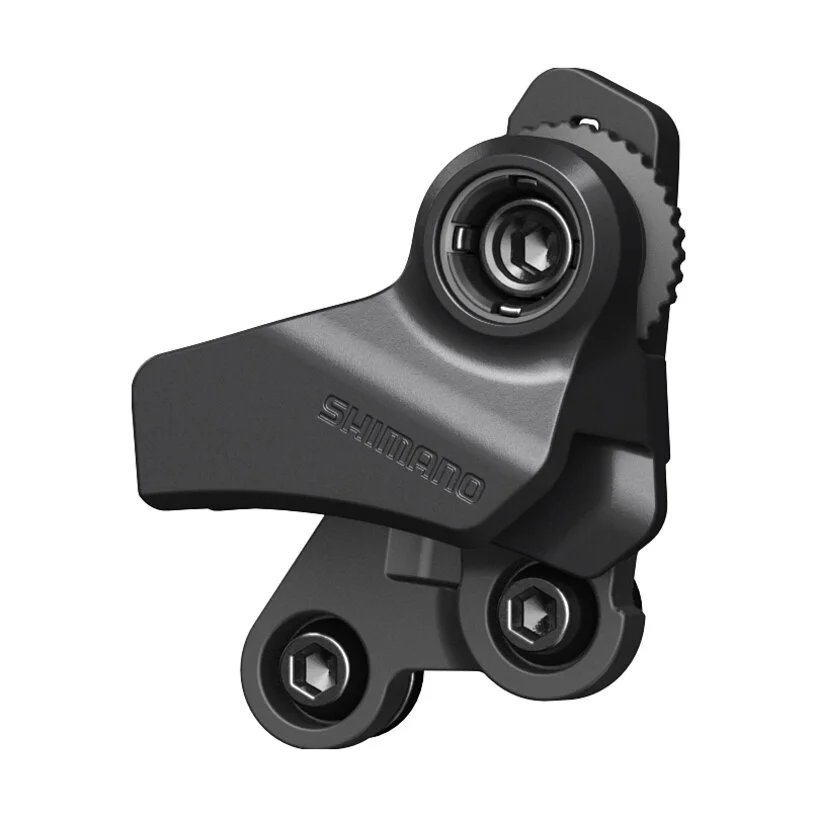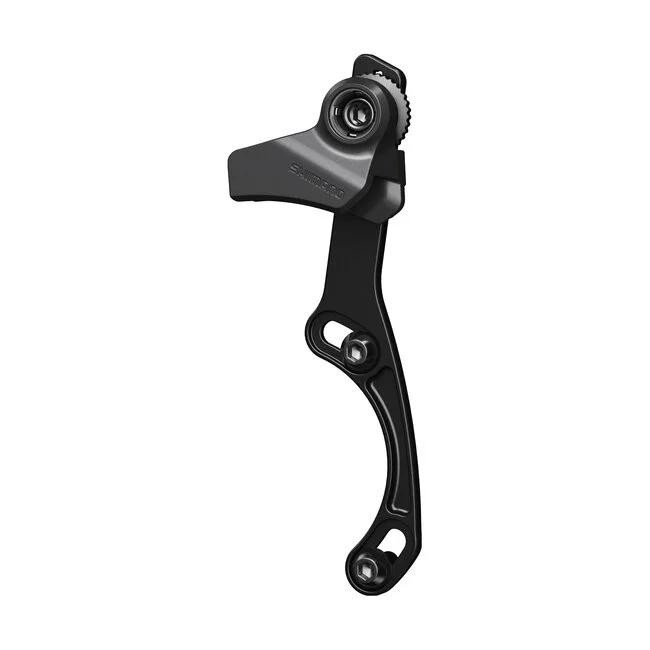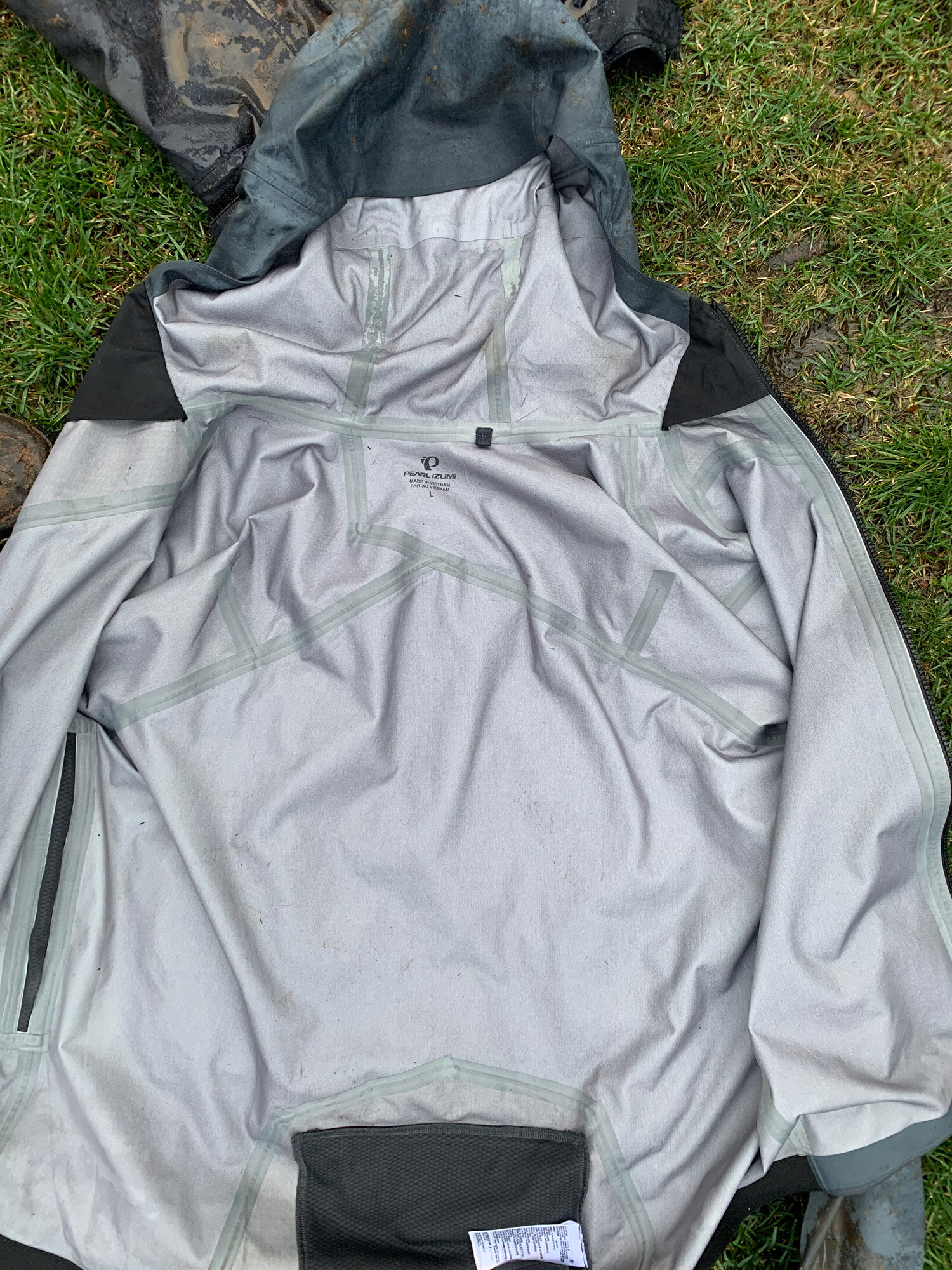I've been with Modus for just over 18 months and in that time I've had the opportunity to dive head first into learning about many of our products first hand. I've tried a lot of stuff to see what it's like, how it fits, or why it even exists. Some items are things that you might only need a few times a year but they make or break your trip. Others just get missed in our lineup of over 65,000 SKUs. So, I’m sitting down with a beer or two and calling out some of my favorite things.
Shimano ISMCD800I Chain Guide
How can you forget about a product with a catchy name like ISMCD800I? I’ve been running these since they came out. Actually, I’ve been running the same exact one since February of 2019. They come in three mounting types; I’m using the ISCG05 mount. They are hands down the easiest guide to setup that I’ve ever used. Just secure the frame fixing bolts and then loosen the 4mm bolt on the guide itself. From there you just spin that big thumb screw until you’re lined up on your chainring and then snug that 4mm. Check S-Tec for the real directions though. Simple, clean, and reasonably priced at $50 MSRP. Done and done.
Vortex 3 Layer Jacket
I wanted to use this piece to touch on some tech stuff that applies to not just this jacket, but outwear from most top tier brands. My first ride in the Vortex was a 20-degree road ride with a Patagonia puffy jammed underneath it in January. Now it’s become my go to protection for cold, wind, and rain on any bike. $300 bike jackets may not be for everyone, but if you have the right customer or shop friend this is a solid recommendation. I absolutely love this jacket, and so far there’s nothing I would change. I thought I needed hand pockets but this isn’t my hiking jacket, this is my "make biking comfortable" jacket. I love the fit, the styling, the feel of the fabric, all the little details, and most of all I love how well it works on a bike. Bonus, it’s made from 73% recycled materials and that’s a conversation starter when you're waiting on your iced americano with white chocolate powder (not syrup).
Technology — Crash Course in Waterproofing
3 Layer — This jacket uses 3-Layer construction. 3 Layer means there's a face fabric ( Layer 1- the outside of the jacket), a membrane (Layer 2- this is what makes it waterproof/ breathable), and Layer 3 is the pleasant feeling inside layer that goes against your skin. 2 Layer jackets have that plasticky feeling inside which is actually the membrane itself, and fabric on the outside. 2.5 layer jackets will be similar to a 2 layer, but have an additional coating on the inside to protect the inside of the membrane from oils, dirts and other contaminants which can clog the breathability of the membrane. 3 Layer is as good as it gets in jackets right now, featuring the best inner layer that protects the membrane and feels nice against your skin. You can easily spend $500+ for a 3 Layer jacket from any of the big outdoor brands. Ours is tough, the membrane is protected on the inside and outside, it’s light but not flimsy, and it fits and feels like a quality piece. 3 Layer garments will generally be more waterproof, more breathable, more comfortable, and more durable than anything else.
PI-Dry — This treatment is our proprietary technology, and to better understand it we have to talk about DWR (Durable Water Repellent). DWR coatings are what makes water bead up on the surface of the outer layer of a jacket, and it’s always impressive to see that water roll right off. However, we’ve all had DWR treated items that make it through a week or two and then the water stops beading up. A DWR is usually applied to a finished garment, and for around $18-$20 you can buy a treatment to refresh it for a little while.
PI-Dry is like a DWR on steroids. It’s applied to each thread, the threads are used to make the fabric, and then the fabric is used to build a garment. Instead of lasting a few days or weeks, PI Dry provides water repellency for around 100 machine washes before it begins to slowly lose effectiveness. I try and keep crisp and clean, but how often do you machine wash jackets? For me 100 washes is an actual lifetime.
Taped Seams — We put waterproof cloth tape on 100% of the seams. Look inside the jacket and you’ll see the darker material. On other items you’ll notice a sort of flat area on either side of a seam, it’ll be barely visible from the outside, that’s also a taped seam. Seams are a great place for water to make it past a membrane, so we tape them up.
YKK Zippers — YKK has a lifetime warranty on their zippers, and these ones are waterproof. If a garment is of any quality, you’ll likely see YKK stamped on the zipper. On pieces like this one, you’ll see two way zippers used on the main front opening. If you need to dump more heat that the vents will allow, you can zip up from the bottom and stay relatively protected from the elements.
Everything Together — With enough pressure or friction you can push water through PI-Dry or a DWR, but that’s what a membrane is for. Whatever moisture is pushed through the face fabric hits the membrane and stops there. Taped seams eliminate weak spots in the weatherproofing where two pieces come together, and waterproof zips maintain that barrier in a previously weak spot. Membranes and PI-Dry together are what you want for rain storms and true foul weather. A membrane jacket never breathes as well as a non membrane piece, but when you need to go out in a downpour, a jacket with all of these features together is the ticket will keep the elements out and vent the majority of your excess heat and sweat. If breathability is your main concern and you're only expecting a little rain, we've been treating a lot of new pieces with PI-Dry like our Launch Short and Pro Barrier Jacket. These clothing pieces are just as breathable as an untreated piece, but when it starts raining you get some extra protection that will get you through a storm dry or close to it.
The fit is fitted, I’m 185# and a size Large is nice but a medium is no bueno. Shoulders, torso length, sleeves are all on the money for me. Staying with fit, the hood goes right over a bike lid, there are big vents, a nice drop tail to keep your lower back covered, and you get a good sized single jersey style pocket in the back with a big pull tab that’s easy to operate. The offset zipper on front ensures you don’t get chin chafing, plus I think it looks sweet. It’s hard to see in photos(top of email) but the area around the neck opening, the Pi logos, and the entire rear pocket area all feature some super cool detail that’s super reflective. The fit and fabric make this jacket fairly quiet, it seems like it almost never flutters around or flaps in the wind. It also features some stretch and a good rip stop throughout the whole piece.
It’s wind proof, waterproof, durable, light, reflective, sharp looking, painstakingly laid out for cycling, and as breathable as a rain jacket can be. It’s made from recycled materials, built to live up to its lifetime warranty, and I really like it. It’s an investment piece that will be a part of some of the wildest days you get to experience on a bike.
Summit WXB Shell Short
I know I did a write up on this at one point, but I wanted to revisit this piece that I don't travel without anymore. These are basically a high-end rain jacket for your legs built from 2.5-layer waterproof breathable fabric through most of the short, and a tougher 3 layer waterproof breathable fabric in the seat area. They’re fully seam sealed, treated with PI DRY, have the sweet backwards pockets that keep your phone tucked behind your leg, feature waist adjustments, and are long enough to keep anything underneath clean. While you can wear them over just a chamois, I usually wear them over a pair of our normal Pi Summit Shorts.
I used this pair extensively while working the 2019 Trans Cascadia, which was a sloppy mess of rain and snow for much of the eight days I spent in camp. They roll up small enough to put in a fanny pack with your other essentials, so it’s nice to take them off when it’s not raining or put them on for a wet descent. Like any real rain shell, you can work up a sweat in these so the fact that they easily slip over your shoes for a quick on or off is huge for keeping you dry from the inside and outside.
We left in the pouring rain today, rode for an hour in the muck and when I got home my normal shorts were completely clean and dry. The Summit WXBs got hosed off and hung outside to drip dry, the normal shorts went in the clean bin. I’m not saying you can’t get wet in these, but so far I’ve stayed dry even during those 10 hour days in the Gifford Pinchot. I’m blown away by how much they’ve increased my comfort during the muckiest days. These shorts are the difference between one lap or three, or a day of freezing and a day of relative comfort.









